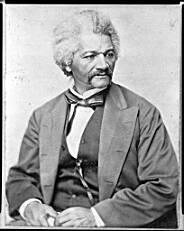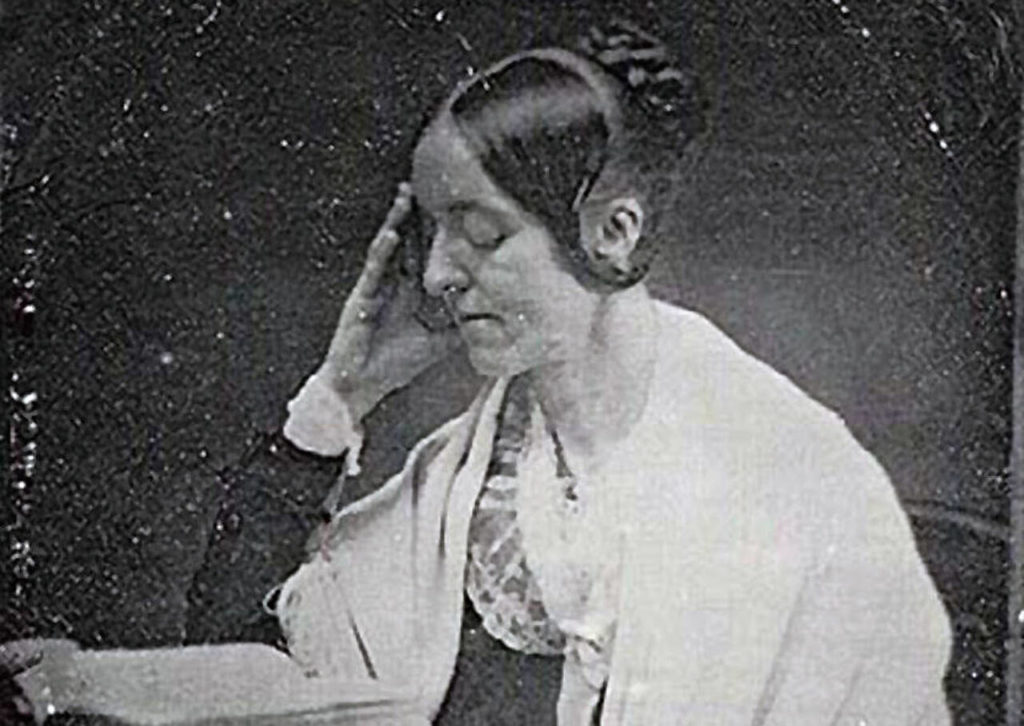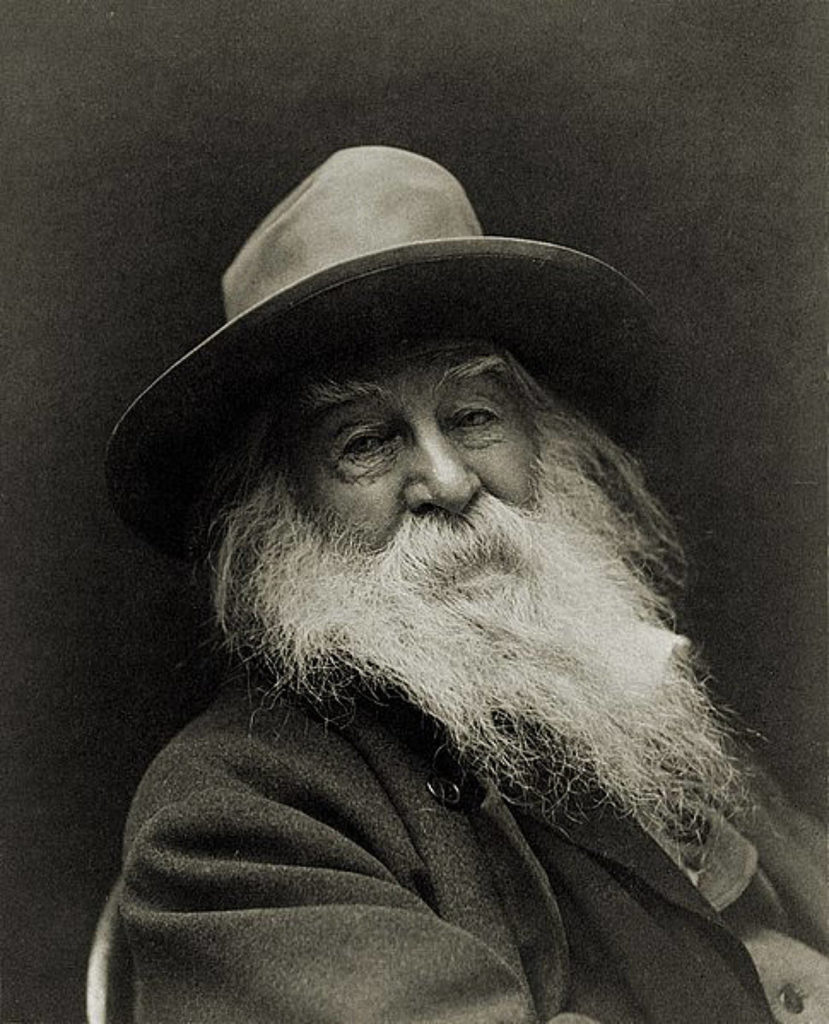By Christopher B. Daly / Special To The Washington Post
On July Fourth, many Americans get a warm glow from the famous assertion by Thomas Jefferson that “all men are created equal.” And rightly so; in the setting of British society in 1776, Jefferson was proposing a radical new political theory. But stopping there obscures how much work remains to be done. The works of three of the country’s finest writers — Margaret Fuller, Walt Whitman and Frederick Douglass — make that clear. They challenged Americans to rise above the evils of racism, sexism and homophobia.
All three writers were successors to the country’s founding generation. All three were journalists. All three helped formulate a sweeping new agenda for social justice; one that remains unfulfilled as we again prepare to celebrate America’s independence.
A revolution for rights: The American Revolution was a rights revolution proclaiming the end of the monarchy and hereditary aristocracy. The result (for propertied white males at least) would be a society whose upper ranks would be relatively broad and much less steep than the upper ranks of British society. But after the war, inequality persisted. Indentured servitude was widespread. Women and girls were still treated as appurtenances of males. And the population of enslaved people under chattel slavery remained subject to routine brutality.
In the next generation, between 1845 and 1855, a trio of activist journalists demanded nothing less than an end to sexism, homophobia and racism. They raised their voices to promote the idea that each individual matters, and that each individual has an equal right to self-determination. Fuller, Douglass and Whitman took republican democracy as a starting point and envisioned a “leveling up” from the bottom of society; no more enslaved people, no more second-class citizens. All are not identical, but all are equal in worth and dignity.
Women in America: Margaret Fuller tackled the issue of sexism. She understood from experience that a paradox defined the status of most women. They were supposed to live up to two conflicting ideals. On the one hand, women, especially middle- and upper-class white Christian women, were considered delicate flowers who needed to be sheltered from the filth and strife of activities like business, the military and politics. As mothers, they were expected to center the home, where they would provide moral uplift and basic education to a large number of children. Any education they received was for the express purpose of raising educated sons and daughters to follow in their likeness.
At the same time, women — especially enslaved women and working-class and poor women, many of whom were not white — were considered beasts of burden who should cook, clean, wash, nurse and meet the needs of others all day and night. They alternately were seen by men as sturdy, dirty and flirty, whose bodies were not deemed worthy of protection from harm or assault. These women were not considered worthy of education like their supposedly more chaste, white maternal counterparts.
In her book “Woman in the Nineteenth Century,” Fuller challenged these assumptions. She argued that men and women were not polar opposites, and one sex was not superior to the other. Instead she argued that men and women were complementary and that the elements of the gender extremes were usually present in everyone, to varying degrees. Thus, she continued, most men were “womanly” to some extent, and most women were “manly” to some extent.
In other words, everyone was a mixed case of attributes. Since the sexes were not fixed at opposite poles, there was no basis for saying that one sex was suited only for certain activities; and therefore no basis for denying members of either sex the opportunity to find out what they were good at. Given a chance, women could do anything. As Fuller wrote, “Let them be sea-captains if they like!”
Writing of bodies, love and sexuality: In his own way, Walt Whitman tacked the issue of homophobia. Scholars know that Whitman loved men. But almost every other aspect of Whitman’s sexual life is shrouded in mystery, red herrings, misconceptions, hints and rumors, claims and counterclaims, along with outright fabrications. Why? Because for Whitman, in matters of love and sex, the stakes were very high; both for his actions and for his words. During Whitman’s lifetime, sodomy laws — and how they were interpreted — made it illegal in New York state for a man to have sex with another man. Moreover, as Whitman well knew, a sizable portion of the population considered sexual acts between men immoral and repugnant.
By his own accounts, though, Whitman knew quite a few men intimately during his years as a journalist in Brooklyn. In his debut edition of “Leaves of Grass” in 1855, Whitman downplayed the homoerotic elements of his life and poetry. But his poetic masterpiece was quite daring about sex. He not only praised sexuality in general but also hailed the bodies (and body parts) of men and women. He also left behind flags and emblems telling readers that he was not only heterosexual. He was also what today we would label as homosexual, pansexual and perhaps even beyond-sexual.
For all his frankness, though, Whitman could not possibly have written an explicit manifesto for gay rights in the midst of the Victorian era. Given that same-sex sex was widely considered a sin, a crime or both, he was boldly telling the world to think anew; about bodies, love and sexuality.
Douglass and the rights of all: The third writer and journalist, Frederick Douglass, identified and fought racism in American society. Born into slavery, probably in 1818, Douglass essentially taught himself to read and write; skills forbidden to almost all enslaved people. At age 20, he liberated himself from enslavement in Maryland and made his way north to New York City and then headed to Massachusetts.
He joined the organized abolition movement, becoming a popular paid speaker bearing witness to the Southern horrors he knew from his upbringing. He then wrote it down, resulting in the powerful “Narrative of the Life of Frederick Douglass,” published in 1845.
Douglass advocated for radical abolition. That meant several concrete things. He demanded immediate emancipation of all enslaved people (no gradualism; no compensation to white enslavers). And he demanded citizenship and full equal rights for liberated Black people (not colonization or a return to Africa).
That’s why he was also inspired by people like Fuller and traveled to nearby Seneca Falls in 1848 to take part in the first convention devoted to women’s rights. Douglass was not the only man at the gathering, but he was the only Black delegate. For the rest of his life, Douglass remained a steadfast, public supporter of women’s rights, including suffrage.
An agenda for all America: In 1851, Douglass merged his abolitionist newspaper North Star with another paper and brought forth a new publication, which he candidly titled Frederick Douglass’ Paper. For that new newspaper, he also rolled out a new motto:
“ALL RIGHTS FOR ALL!”
There, in four simple words, Douglass encapsulated the most expansive social-justice agenda possible. Taken literally, it would mean an end not just to slavery but also to racism, sexism, homophobia and all other forms of oppression.
Going far beyond Jefferson, the new cry of “all rights for all” included not just white men who owned property but everyone; people of all genders, races, sexualities, economic classes, backgrounds and more.
Taken together, their writings amount to a second declaration of independence, in which Fuller, Whitman and Douglass laid out a broad challenge: it was not enough to lower the top end of society. They told us that it is just as urgent to raise up the bottom.
All people are not identical, of course, but all are equal in worth and dignity. This was one of the main meanings of Whitman’s imagery of “leaves of grass.” Society should be broad; it should be diverse. At the same time, none should tower over others; none should be permanently subjugated and none should be despised for being themselves.
Together, those three antebellum radical journalists outlined an agenda of liberation that we are still working to fully realize.
“ALL RIGHTS FOR ALL!”
That was — and remains — the great project for our time.
Christopher B. Daly, a professor of journalism at Boston University, is the author of “Covering America: A Narrative History of a Nation’s Journalism.”
Talk to us
> Give us your news tips.
> Send us a letter to the editor.
> More Herald contact information.



























